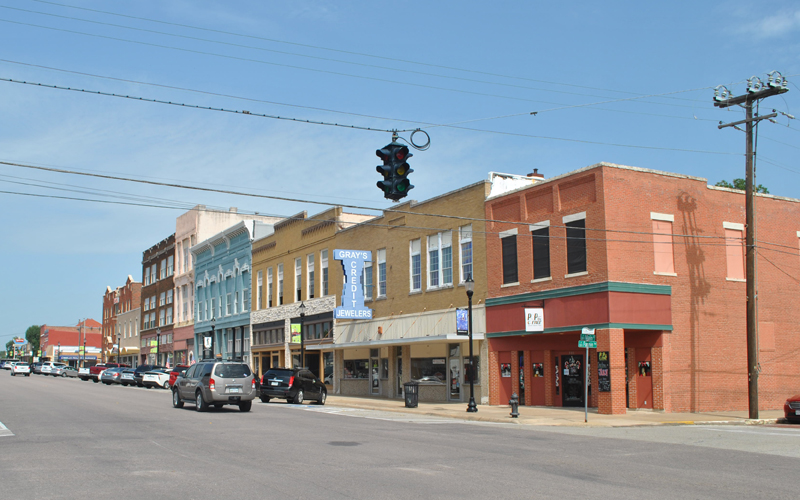In the KnowTexas
Thirty-four (34) states have a state historic tax credit program that can be used in tandem with the federal program. Just as architecture and accents vary by state, so do the historic tax credit programs. This blog series will explore the similarities and differences of these programs across the country.
In 2015, Texas introduced a state historic tax credit that sparked significant interest in historic rehabilitation across the state. Big cities and small towns, like Denison, where Rosin Preservation recently conducted a survey of downtown, are evaluating historic resources to provide property owners with access to this incentive. While the Texas HTC can be paired with the federal credit for income-producing National Register-listed properties, several aspects of the state HTC program that differ from the federal broaden the eligibility requirements for the Texas program, making it a highly effective economic development tool.
- The credit is 25% of QRE, rather than the federal 20%.
- Qualified buildings are those listed or deemed eligible as Recorded Texas Historic Landmarks or Texas State Antiquities, not just those listed in the National Register. If an eligible property is not yet listed, the nomination process can run concurrent with construction, but the property must be officially listed by the time the applicant is ready to claim the credits.
- The minimum investment threshold is $5,000, rather than the adjusted basis. The lower minimum means that smaller, defined scopes of work can be submitted as separate applications if each project meets the that investment threshold.
- Whereas federal credits are available only to for-profit applicants with income-producing uses, the Texas credit is available to individuals, companies, partnerships, non-profits, and government agencies.
- Rehabilitated buildings can be used by income-producing and non-profit entities as well as public university systems, although owner-occupied residences and municipal offices are not eligible to use the state HTC.
Parts A, B, and C of the Texas application parallel the federal Parts 1, 2, and 3. Each has a 30-day review period at SHPO/the Texas Historical Commission (THC); Part C has an additional 30-day review for the Comptroller to approve the amount of credits. Like the federal program, review fees for Texas applications are calculated on a sliding scale based on the estimated QRE and are payable in two installments, with the submittal of Parts B and C. For projects under $500,000, fees range from $300 to $1,000. For larger projects, the fee is .15% of QRE, up to a maximum of $18,000.
The Texas credit is transferable and has no recapture period. It can be used the year the building is placed in service or carried forward up to five years, which differs from the federal credit, which can be carried forward up to twenty years.
Main Street, Denison, TX. Photo credit: Alison Dunleavy, Rosin Preservation, July 2017 https://rosinpreservation.com/portfolio_page/denison-survey/


No Comments